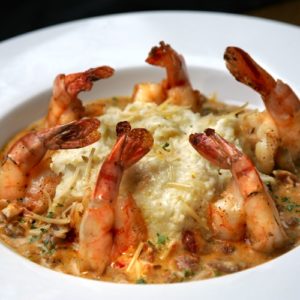 Maybe you’re a seasoned veteran when it comes to skills in the kitchen, or perhaps you’re just starting culinary school. Either way, if you’ve been paying attention to the emerging trends among food enthusiasts, odds are that you’ve already encountered the locavore craze in one way or another. The benefits of sourcing and eating local food are undeniable: fresher ingredients, less pollution from transit, a heightened knowledge of where one’s food came from. Nonetheless, while the locavore craze all but takes over the more traditional markets, it can’t seem to find its footing when it comes to seafood.
Maybe you’re a seasoned veteran when it comes to skills in the kitchen, or perhaps you’re just starting culinary school. Either way, if you’ve been paying attention to the emerging trends among food enthusiasts, odds are that you’ve already encountered the locavore craze in one way or another. The benefits of sourcing and eating local food are undeniable: fresher ingredients, less pollution from transit, a heightened knowledge of where one’s food came from. Nonetheless, while the locavore craze all but takes over the more traditional markets, it can’t seem to find its footing when it comes to seafood.
According to Paul Greenberg, an author who has published multiple books on seafood, one of the main causes for a a slowed emergence of locavore culture in this realm is simply American preference for other food. The average American eats over 100 pounds of red meat and poultry annually, as compared with roughly 15 pounds of seafood. In his new book, simply titled “American Catch,” Greenberg extols the value of bringing the locavore mentality to the immense amount of seafood that America produces and then ships off to international markets.
Currently, over 85 percent of American seafood is imported. Further, the majority of that imported seafood comes from fish farms abroad where unsustainable practices are often put into play, harming both the quality of the fish and the impact its growth has on the environment. While he insists that one of the most effective ways to positively impact aquaculture is simply to stratify our taste in fish, he explained in an interview with Grist that Americans can’t discount how far-reaching the sourcing of their seafood has become in the last century.
“100 years ago everybody was eating from their own estuary, or an estuary nearby. And now, everybody is eating from an estuary 8,000 or 10,000 miles away,” said Greenberg.
Whether or not seafood comprises a significant portion of your diet, Greenberg’s book makes a solid read for anyone trying to become more informed regarding the seafood industry as a whole. “American Catch” was released this week by Penguin Press.

